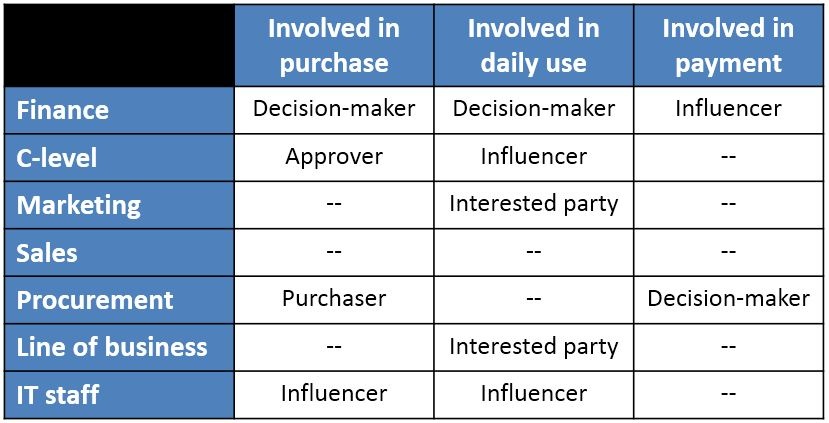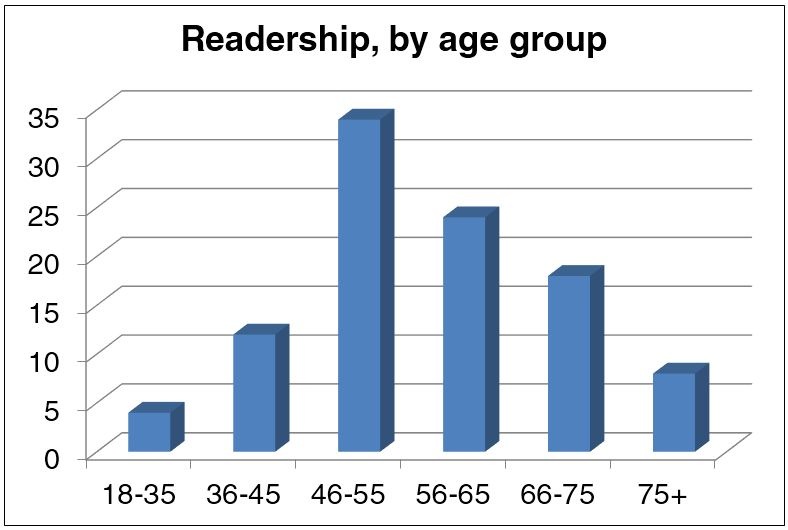How Persona-Based Marketing Can Go Wrong
We all have guilty pleasures. Maybe it’s a love for overly sappy romantic comedies or the soothing sounds of Michael Bolton. For me, it’s a magazine that arrives in my mailbox each month. I eagerly rush inside, tear the plastic off and open to the table of contents to see what is awaiting me. After all, I read it for the articles.
Yes, I’m a subscriber to Reader’s Digest.
I’ve always been a fan of RD (as we insiders call it). Every issue has great articles about Americana, humor from schools and our military, and advice on how to live better and longer. It sits on my bedside table just waiting to be read. I even convince my wife to leaf through the pages every now and then.
But while I love the articles, the magazine is filled with ads for products that are for a much more mature and nurturing audience, like high blood pressure medicine, fish oil vitamins and dietary supplements.
Needless to say, the typical RD reader is a bit older (54), female and has no children at home (http://www.rd.com/mediakit/our-audience.html). I am definitely what you call an outlier. I’m male, under 40, who has normal blood pressure and my colon works just fine. But yet, they continue to send me magazines advertising tons of stuff I’ll never buy – well, at least not until I get a few more grey hairs. In fact, I’ll probably start getting offers about retirement cruises and hip replacements any day now. But how effective are those really going to be? If only there was a way to target my needs and interests.
Persona-Based Marketing
Persona-based marketing aims to match marketing messages with those people most likely to respond. For example, if my target audience is the C-level, I’m probably not going to send a direct mail postcard to an event. I’ve got to find something that will resonate with an executive.
The key to persona-based marketing is to understand who is most likely to buy your product, then segment that audience into groups, and tailor your message to each. You might even give each persona a name to imagine that person reacting to your marketing and buying your offering. There will probably be several different titles that will roll up to each persona, and that’s fine. You’re still tailoring the message.
Since tax season will be here soon, let’s say you’re marketing a corporate accounting technology. You can segment according to the business unit in the organization (business vs. IT), the level in the organization (high vs. low) or decision-making abilities (final decision vs. influencers). Start by creating a matrix of who will be involved in making the purchase, who will use it, who will pay for it, etc.

A quick look at this matrix provides valuable direction that can help you focus on your audience:
• Any sales contacts in your database aren’t very likely to respond to any marketing efforts, so exclude them from your targeted list.
• Marketing and line of business will probably only be involved after the purchase is made, so don’t focus on them during the sales cycle.
• The finance team will be the end user and will likely be making the final decision on a purchase. Your marketing message to them should focus on ease of use, their pain points, key features/functionality and current customer examples.
• The C-level needs to hear messages around how this software will streamline their financial reporting, identify abnormalities quickly and help them make important decisions about their business faster.
• Procurement needs to know you are an easy-to-work-with partner. If renewals are possible in the future, a good relationship with procurement is imperative.
• IT needs to know your software works. The message to them should include technical details and customer examples about installation and up-time.
Once you know the targets, you can start crafting a series of campaigns with unique messaging to connect with your audience. Instead of blasting a large amount of emails with a generic message, send a smaller number with something that will make the recipient take the next step.
It’s Really All About Me
In my case, Reader’s Digest is getting my $12 a year regardless of what they are advertising. But imagine if, instead of just marketing to their average reader, they marketed to segmented groups within their readership. It might look something like this:

What would happen if Reader’s Digest utilized new technology that allowed the magazine to print different issues with unique ads that are more targeted to each readership segment? Or if there was a section – with advertisements – in the magazine geared at the younger crowd? The benefits would certainly include more advertising dollars and perhaps decreased reader churn. If a large retailer can send custom ads to women they suspect are pregnant (http://www.forbes.com/fdc/welcome_mjx.shtml), I’m sure RD can woo me with ads for shaving cream, fast cars and athlete’s foot spray (not that I need that last one).
Organizations committed to persona-based marketing think of their contacts as people, not just entries in a database. What would Ernie Executive want to hear to make him buy? If Francine Finance saw a webcast on Topic X, would she want to know more about it? By tailoring your marketing message, you’ll get better click-through rates and conversions on your marketing campaigns. While RD has spent years cultivating a loyal following – including me – chances are your company isn’t so lucky. Persona-based marketing can help you create your own luck.
Scott Batchelor is manager of field marketing at SAS.





























